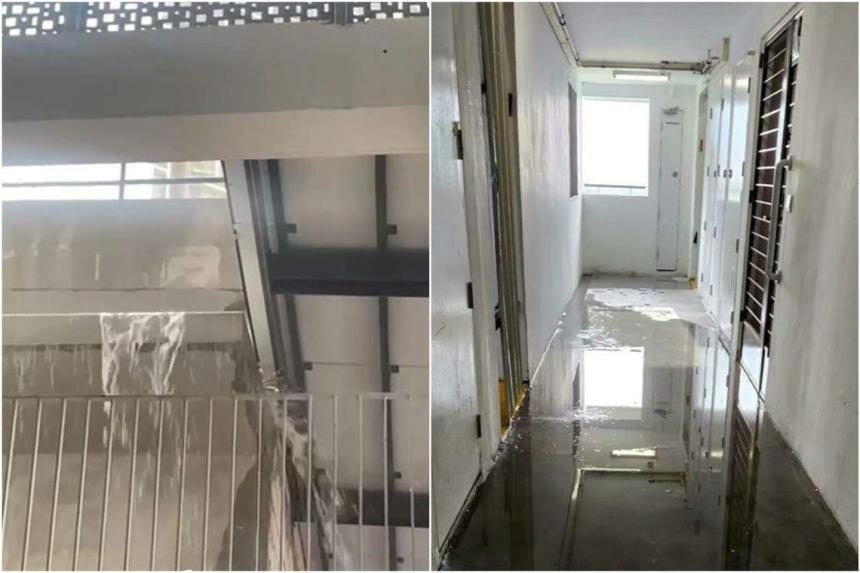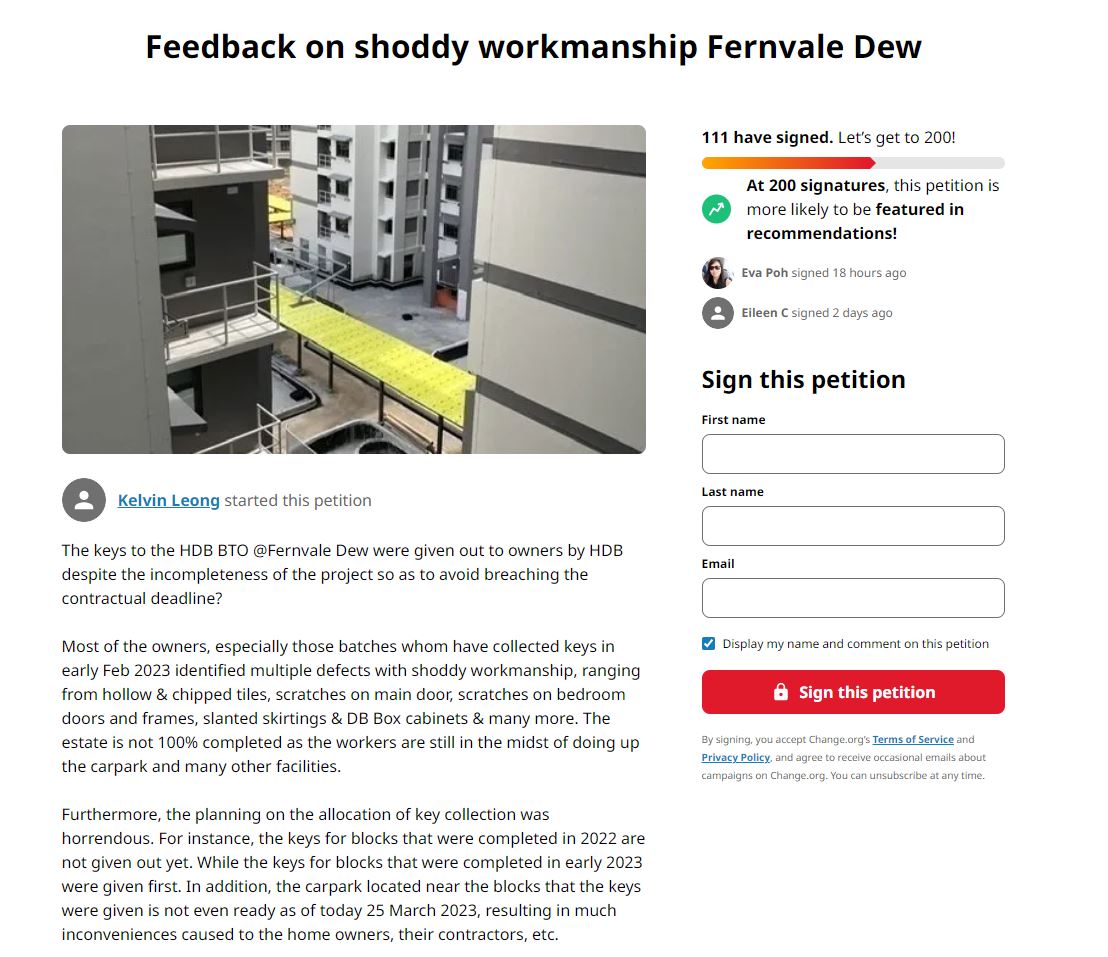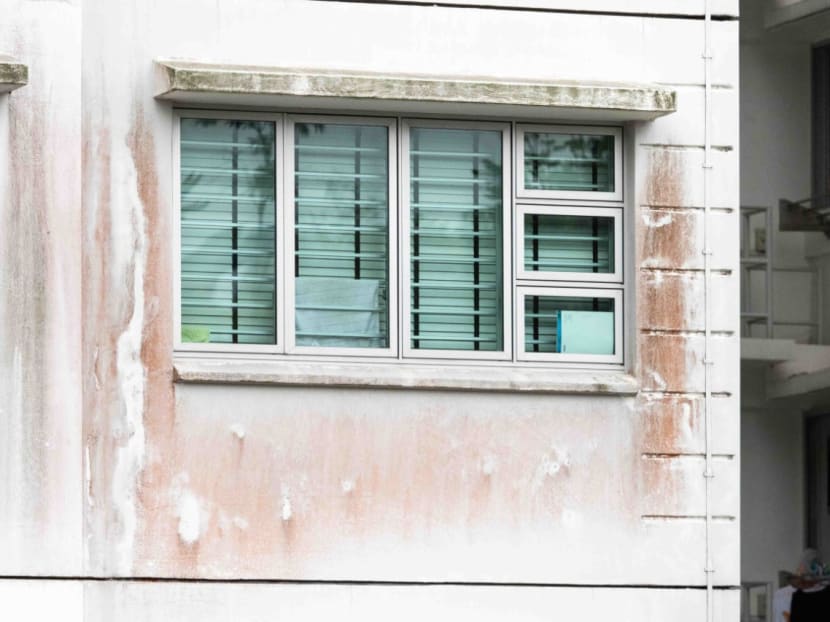windwaver
High Supremacy Member
- Joined
- Apr 28, 2000
- Messages
- 33,258
- Reaction score
- 2,370
Just realized there isn't any thread on this at all.
After having seen so many defects being posted online in both HDB and private housing, it'll be great to share with others what you've been through over here.
https://www.bca.gov.sg/Professionals/IQUAS/IQUAS/resolving.aspx
As with all things new, there is a keen desire to ensure that no defects are present. However, this is sometimes not so and when it occurs, many are unsure what can be done to get such defects rectified.
The information here is aimed at first-time private-home buyers. It advises them on the possible ways to settle disputes relating to defects when purchasing a property from a developer. The roles and areas of responsibility of the various government agencies are also briefly described, together with those of utility suppliers.
The Building and Construction Authority (BCA) has prepared this with the help of the Controller of Housing, Singapore Mediation Centre, Real Estate Developers’ Association of Singapore and the various government agencies. BCA would like to acknowledge their contribution and feedback.
1. Within a period of twelve (12) months from the date of Notice of Vacant Possession, also known as the Defects Liability Period (DLP), the developer is responsible for any defect that occurs in the unit, the housing project and the common property.
2. Any such defects due to defective workmanship or materials, or to the unit, the housing project or the common property not having been constructed in accordance with the specifications in the Sale and Purchase Agreement, shall be made good by the developer.
3. Such defects must be made good by the developer at his own cost and expense within 1 month of having received a written notice from the homeowner.
4. If the defects are not made good, the purchaser may notify, by sending a Notice of Intent to the developer, of his own intention to carry out the rectification work, furnishing its estimated cost and giving the developer another opportunity to carry out the rectification within 14 days from the date of the Notice of Intent.
5. If the developer fails to rectify the defects after the specified time in the Notice of Intent, the purchaser may proceed to rectify the defects by engaging his own workmen and recover the cost from the developer. Such costs may be deducted from the sum held by the Singapore Academy of Law (http://www.sal.org.sg) as stakeholder for the developer.

After having seen so many defects being posted online in both HDB and private housing, it'll be great to share with others what you've been through over here.
https://www.bca.gov.sg/Professionals/IQUAS/IQUAS/resolving.aspx
Resolving Disputes on Building Defects
Interest in private properties has been on the rise in recent years. More and more Singaporeans now aspire to own one. Consumer expectations have also risen, resulting in developers introducing more new design concepts, lifestyle features and materials in order to capture homebuyers’ interest.As with all things new, there is a keen desire to ensure that no defects are present. However, this is sometimes not so and when it occurs, many are unsure what can be done to get such defects rectified.
The information here is aimed at first-time private-home buyers. It advises them on the possible ways to settle disputes relating to defects when purchasing a property from a developer. The roles and areas of responsibility of the various government agencies are also briefly described, together with those of utility suppliers.
The Building and Construction Authority (BCA) has prepared this with the help of the Controller of Housing, Singapore Mediation Centre, Real Estate Developers’ Association of Singapore and the various government agencies. BCA would like to acknowledge their contribution and feedback.
How to deal with a defect in your new home
Getting the keys to a new home is an exciting time, filled with great anticipation. Though we always expect our dream homes to turn out perfect, sometimes this is not the case. We find that certain items of work are not in accordance with the specifications, or detect instances of shoddy workmanship. What can we do about it? Under the Sale & Purchase Agreement signed with your developer, your developer has certain obligations to fulfill when defects are detected within the Defects Liability Period (usually 12 months). You too, have a part to play in ensuring that the defect rectification process proceeds smoothly. The key steps in the defect rectification process in Clause 17 of the Sale and Purchase Agreement on Developer’s Obligations are listed here.1. Within a period of twelve (12) months from the date of Notice of Vacant Possession, also known as the Defects Liability Period (DLP), the developer is responsible for any defect that occurs in the unit, the housing project and the common property.
2. Any such defects due to defective workmanship or materials, or to the unit, the housing project or the common property not having been constructed in accordance with the specifications in the Sale and Purchase Agreement, shall be made good by the developer.
3. Such defects must be made good by the developer at his own cost and expense within 1 month of having received a written notice from the homeowner.
4. If the defects are not made good, the purchaser may notify, by sending a Notice of Intent to the developer, of his own intention to carry out the rectification work, furnishing its estimated cost and giving the developer another opportunity to carry out the rectification within 14 days from the date of the Notice of Intent.
5. If the developer fails to rectify the defects after the specified time in the Notice of Intent, the purchaser may proceed to rectify the defects by engaging his own workmen and recover the cost from the developer. Such costs may be deducted from the sum held by the Singapore Academy of Law (http://www.sal.org.sg) as stakeholder for the developer.
What should I do when there are defects in my new home?
You may follow the steps below, which are based on the terms in the S & P agreement:-Step 1:
Give advance written notice to the developer highlighting specific details of the defect(s). If no response is received by one month from the date of notice, proceed to Steps 2a and 3a. (The notice can be in various forms e.g. developer-issued inspection form for reporting defects, letters, etc)Step 2:
Make arrangements with the developer to either conduct a joint inspection of the defect, or fix an appointment for the developer to carry out necessary repairs if the inspection is not necessary. (Please note that to agree on a suitable time for repairs to be carried out, coordination by both parties is required.)Step 3:
After an appointment has been fixed, contribute by helping to ensure that the area for repair has been cleared, to facilitate the smooth completion of work. (This will help prevent damage to your furnishings and belongings while repairs are being carried out.)Step 4:
At the appointed day and time, make sure that someone is in the premises to grant access to the workmen to carry out rectification works.Step 5:
Acknowledge to confirm that repairs have been carried out. (This will help all parties to account for the status of the work and prevent any complications that may arise. Additional defects may be dealt with in the same manner as described above)What if there is no response from developer?
Step 2a:
Issue written notice to the developer of your intention (Notice of Intent) to rectify the defects and also provide the estimated cost of such work.Step 3a:
You may commence your own rectification works if the developer does not carry out the work within 14 days from the date of notice, and recover the cost from the developer. The cost may be deducted from the sum held by the Singapore Academy of Law as stakeholder for the developer.Flowchart illustrating the steps to getting defects rectified

Last edited:





















